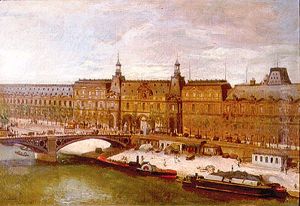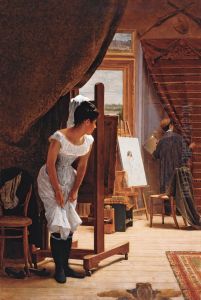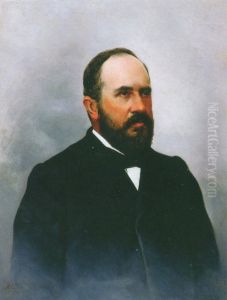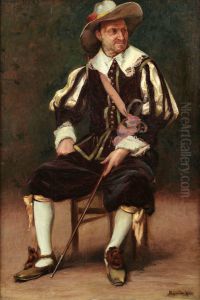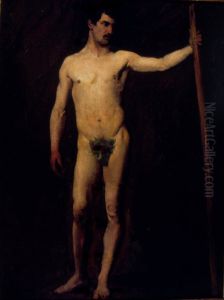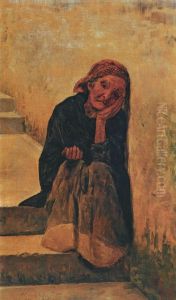Jose Ferraz De Almeida Junior Paintings
José Ferraz de Almeida Júnior, born on May 8, 1850, in Itu, São Paulo, Brazil, was a prominent Brazilian painter and designer known for his realistic portrayal of rural Brazil and its inhabitants. His artwork is celebrated for its technical skill, emotional depth, and detailed depiction of Brazilian people and landscapes during the 19th century. Almeida Júnior showed an early interest in art, which was supported by his family. At the age of 19, he moved to Rio de Janeiro to study at the Academia Imperial de Belas Artes (Imperial Academy of Fine Arts), where he developed his foundational skills in painting. His talent was recognized early on, and he was awarded a travel grant to study in Europe, a common practice for promising artists from Brazil at the time.
In Europe, Almeida Júnior spent significant time in Paris, studying at the École des Beaux-Arts and under the mentorship of academic painters like Alexandre Cabanel. During his European sojourn, he absorbed the influences of the Realist and Naturalist movements, which would profoundly impact his later works. He returned to Brazil in the late 1870s with a refined artistic vision, keen on portraying the Brazilian people and countryside with a new level of realism and sensitivity.
Almeida Júnior's works from this period on demonstrate his commitment to Brazilian themes, depicting everyday scenes, local customs, and regional characters with a naturalistic approach. His paintings such as "The Caipira Picking Cotton" and "The Inopportune" are notable for their detailed representation of Brazilian rural life, showing the influence of his European training while focusing on uniquely Brazilian subjects. His use of light and shadow, along with his precise technique, brought his subjects to life, earning him a distinguished place among Brazilian artists.
Despite his success, Almeida Júnior's life was marked by tragedy. He died under violent circumstances, stabbed to death by a friend in a café in Piracicaba, São Paulo, on November 13, 1899. This untimely end cut short the life of one of Brazil's most significant painters, whose work continues to be celebrated for its contribution to Brazilian art and national identity. Almeida Júnior's legacy lives on through his paintings, which remain a testament to his skill in capturing the essence of Brazilian rural life and its inhabitants during a pivotal period in the country's history.



